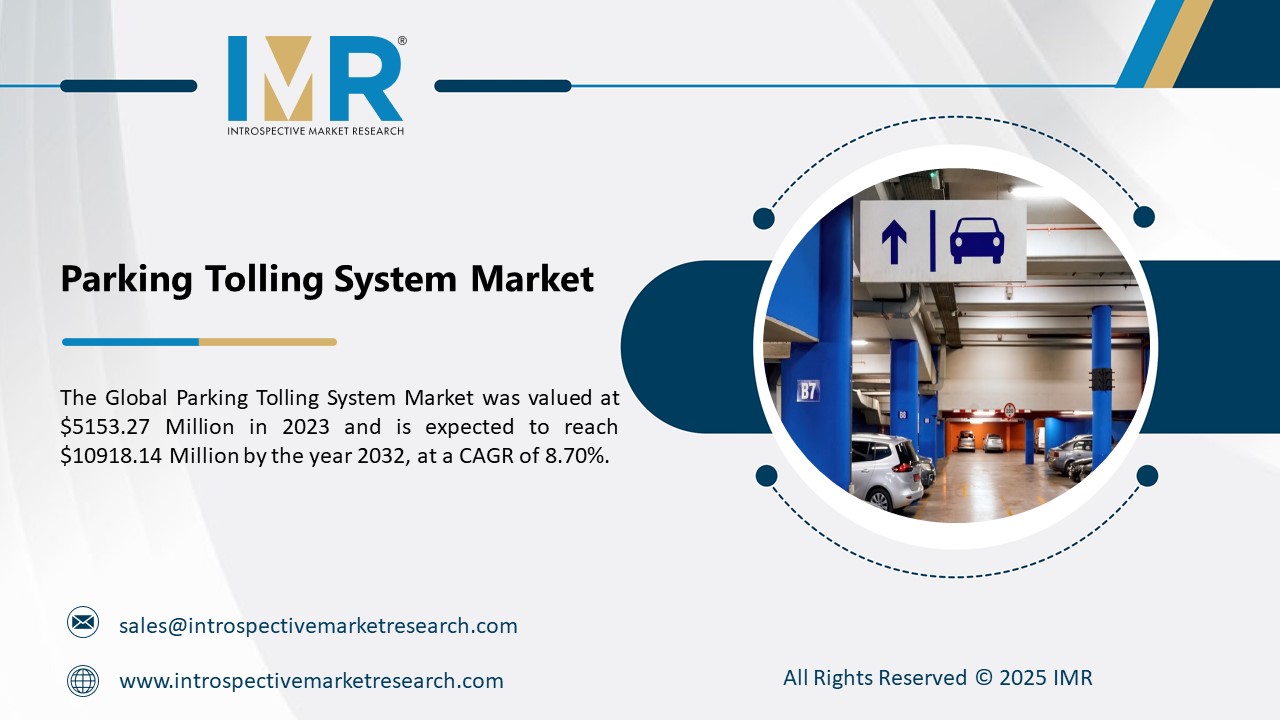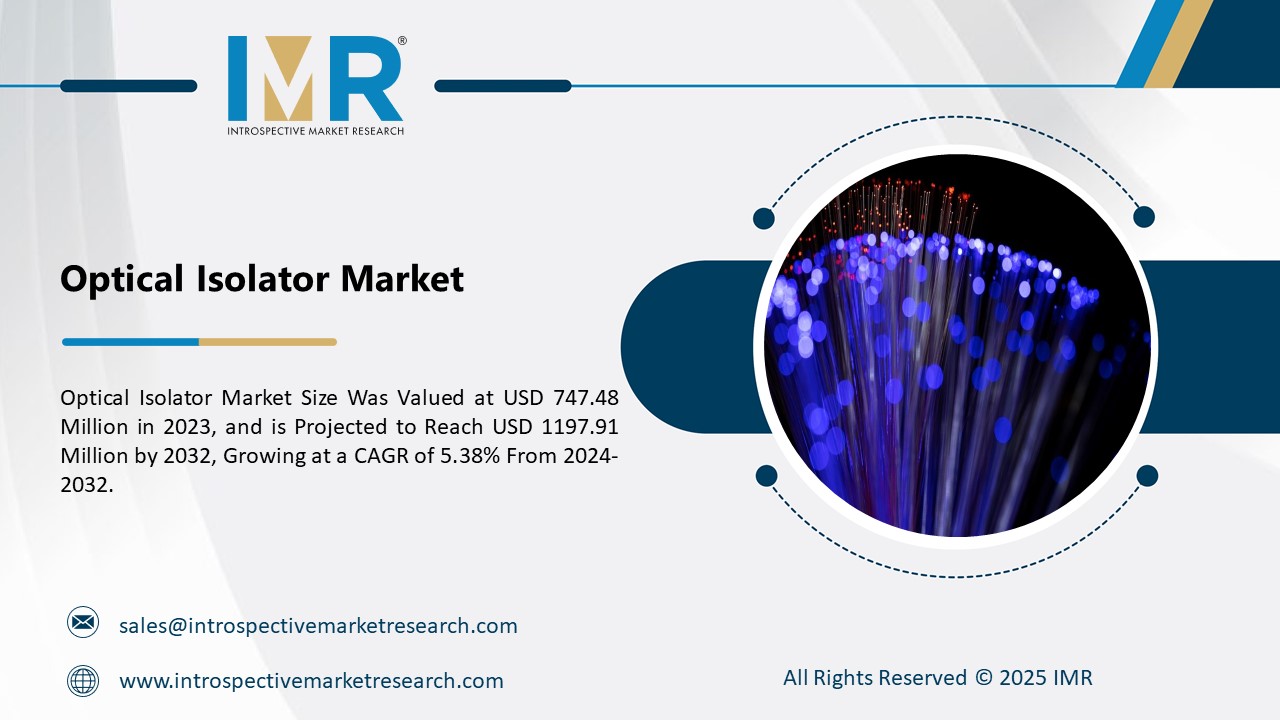
According to a new report published by Introspective Market Research, titled, “Fuel Cell Market by Type, Application, Size, End User and Region: Global Opportunity Analysis and Industry Forecast, 2024–2032,” the global Fuel Cell Market size was valued at $ 3.65 billion in 2023, and is projected to reach $ 29.64 billion by 2032, registering a CAGR of 26.2% from 2023 to 2032. A fuel cell is an electrochemical cell that transforms the chemical energy of a fuel (often hydrogen) and an oxidizer into electricity through a pair of redox reactions. Fuel cells differ from most batteries in that they require a continuous source of fuel and oxygen (usually air) to continue the chemical reaction, while for a battery, the chemical energy usually comes from substances already in the battery.
Fuel cells can produce electricity continuously as long as fuel and oxygen are available. Fuel cells work on the principle of electrochemical reactions. They consist of two electrodes: an anode (negative electrode) and a cathode (positive electrode) separated by an electrolyte. High energy conversion efficiency is achievable with fuel cells, especially in cogeneration applications. Depending on the fuel source, they generate little or nothing. Fuel cells offer a promising alternative to traditional combustion-based electricity generation methods that can reduce greenhouse gas emissions and fossil fuel dependence in various applications.
With climate change and the harmful environmental effects of greenhouse gases, countries around the world have introduced increasingly strict regulations to limit carbon dioxide emissions. These strict global coal emission regulations have become a powerful catalyst for the growth and development of the fuel cell market. Fuel cells with high energy efficiency and low emissions are well-positioned to play a key role in meeting these regulatory requirements and promoting sustainable energy solutions. The meeting of political leaders around the world to reduce their country's carbon footprint and the signing of the Paris Agreement gave impetus to the introduction of green and renewable technologies. Fuel cells are an emission-free solution for power generation and fit into the category of green and renewable technologies and are growing due to carbon emission standards.
The fuel cell market is experiencing a major boom due to a combination of factors, among which technological development and the proliferation of commercial infrastructure projects stand out as important opportunities. As industry and governments around the world seek cleaner and more efficient energy solutions, fuel cells play a key role in meeting the growing demand for sustainable power generation and transportation. Germany's H2Mobility program supports the introduction of fuel cells by developing gas stations, which in turn opens up opportunities for the introduction of fuel cells. In addition, the European Hydrogen for Innovative Vehicles (HyFIVE) project aims to expand its hydrogen fuel cell network by developing stations in Italy, Great Britain, Austria and Denmark.
Global Fuel Cell Market, Segmentation
The Fuel Cell Market is segmented based on type, application, Size, End User, and region.
Application:
Transportation is expected to be the fastest growing segment due to growing demand for fuel cell forklifts and growing R&D in Europe's mature economy. Portable fuel cells have applications such as personal electronics, wearable products, laptops, mobile phones, APUs, and consumer products. In addition, the market is expected to grow due to increased research and development in the production of hydrogen hybrid vehicles in developed and developing countries.
End User:
the fuel cell market has been segmented into transportation, commercial & Industrial, residential, data center, military & defense, and utilities & government. Commerce and Industry are expected to be the fastest-growing market during the forecast period. Commercial and industrial end users include hospitals, hotels, shopping malls, office space, sports venues, and others. All these buildings use SOFC and PEMFC for standby applications.
Region:
Asia Pacific is expected to have the fastest CAGR during the forecast period. The growth of the fuel cell market in Asia Pacific has been stimulated by strategies and policies promoting the use of fuel cell systems in transportation applications in China, India, South Korea, and Japan. Japan is the main market for fuel cells in the region, followed by South Korea. Due to the high demand for cogeneration systems in Japan and other countries in the region, the fuel cell market will grow strongly.
Some of The Leading/Active Market Players Are-
- Ballard Power Systems (Canada)
- Hydrogenics (Canada)
- Plug Power (U.S.)
- Nuvera Fuel Cells, LLC (U.S.)
- FuelCell Energy(U.S.)
- W.L. Gore & Associates (U.S.)
- Bloom Energy (U.S.)
- Nexceris LLC (U.S.)
- Bosch (Germany)
- ElringKlinger (Germany) and Other Active Players
Key Industry Developments
- In December 2023, General Motors and Komatsu announced to develop a hydrogen fuel cell power module for the Japanese construction machinery maker's 930E electric drive mining truck.
- In November 2023, Honda in association with General Motors displayed a prototype of its next-generation hydrogen fuel cell system at European Hydrogen Week in Brussels. The company is planning to expand its portfolio in fuel cell technology.
Key Findings of the Study
- Adoption of fuel cells is rapidly growing in transportation and commercial/industrial sectors, fueled by increasing demand for cleaner power generation methods.
- Asia Pacific, led by Japan and South Korea, is experiencing significant growth in the fuel cell market due to supportive policies and a high demand for cogeneration systems, especially in the commercial and industrial segments.
- The global fuel cell market is growing due to strict emissions regulations, increased adoption in transportation and commercial sectors, and initiatives supporting hydrogen vehicle development and fuel cell network expansion.







